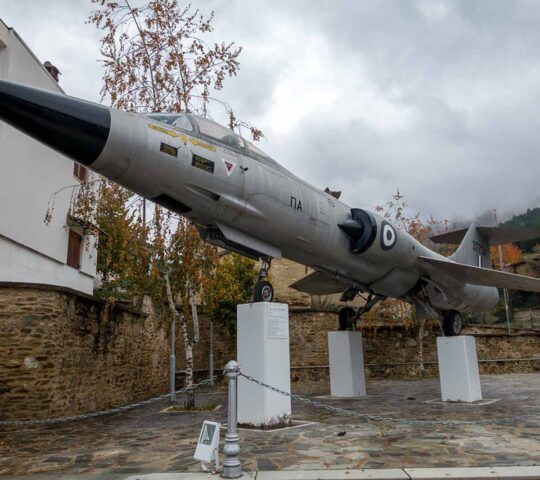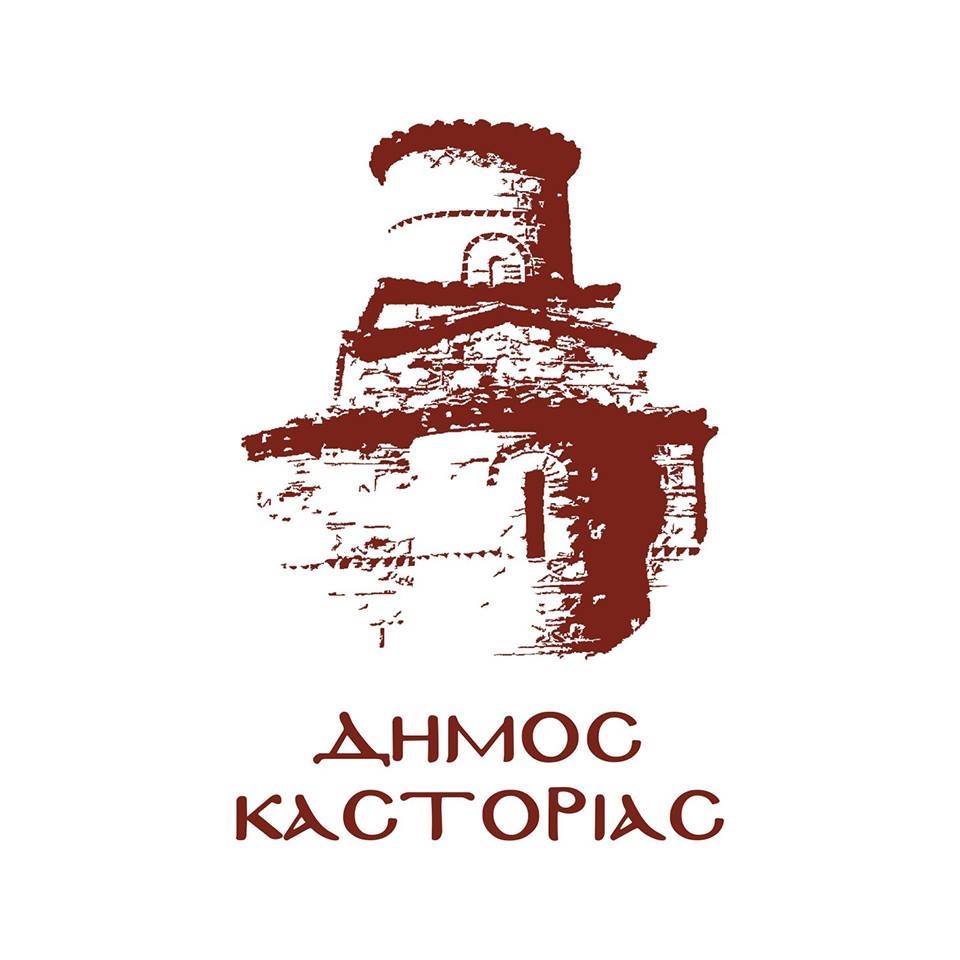Pentavrysos (Macedonian Orestias findings)
Hightlight
-
 Parking
Parking
-
 Reservation
Reservation
The village of Pentavrysos of Kastoria is located 16 km and southwest of the city of Kastoria, at an altitude of 790 meters. There, in the summer of 1999, archaeologists discovered the oldest tomb relief in Upper Macedonia and one of the best classical works (with a female figure) ever discovered in the entire Macedonian territory. Apparently, there was a flourishing urban centre there, which was following the developments and aesthetic pursuits of the Greek cities of classical antiquity. This conclusion is supported by a piece of a tombstone found in 1999, dating back to around 400 BC. It is the oldest funerary relief in Upper Macedonia and one of the most important works in the whole of Macedonia.
In more detail, research in the area shows that the Prefecture of Kastoria occupies the centre and the largest part of the ancient Macedonian kingdom of Orestiada, one of the kingdoms of Upper Macedonia that maintained their independence until the years of Philip II.
Since 2001, research in the Pentavrysos area has focused on the site of the aqueduct and the surrounding area, due to the accidental discovery of two important sculptural works there. The first is a part of a 400 BC relief tombstone, the most artistically complete relief of the period from Western Macedonia and one of the best in all of Macedonia, and the second is a marble sphinx, which preserves its lion-like body, the roots of its eagle wings and the neck of its female head. The funerary sphinx, a creature of the imaginary but also of the underworld, a monument very rare outside Attica and unique to mainland Macedonia and Thrace, seems to remind that death is inevitable for all and that the only immortality that man can gain comes through his high-minded actions.













